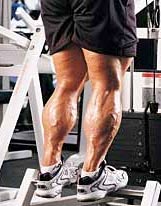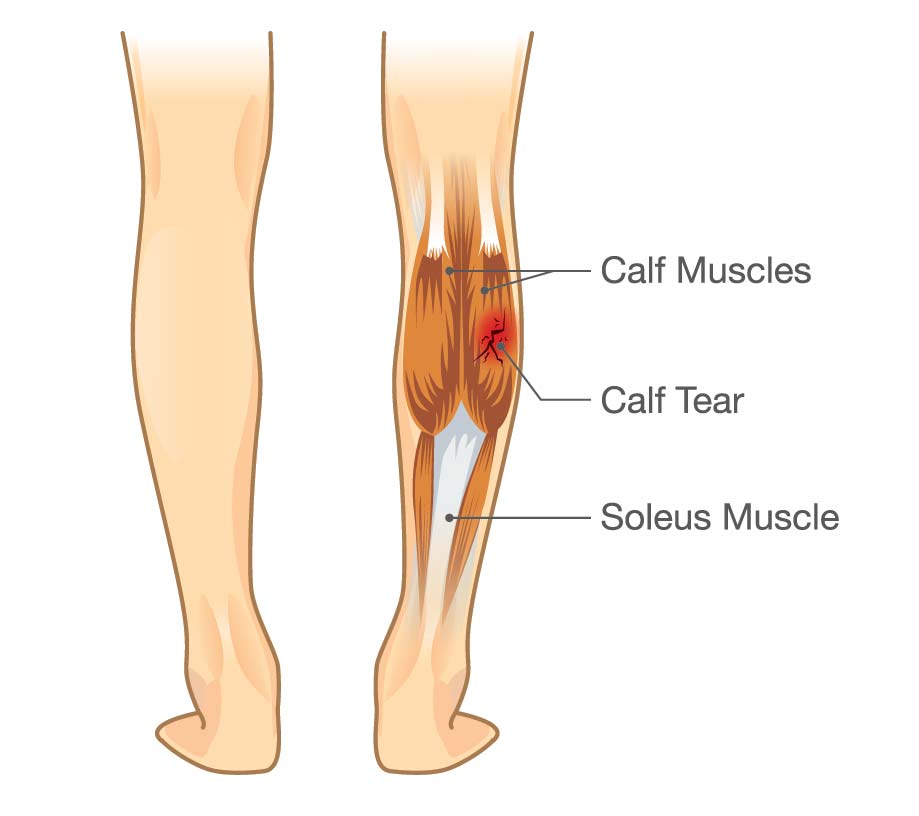
Overuse injuries involving the lower leg can also lead to muscle strains. Muscle strains may occur as a result of sudden trauma, such as a fall or a blow to the muscle.Ī sudden change in direction, like when playing tennis or basketball, may also cause a calf muscle strain. In addition to pain, swelling and bruising may also develop over the affected muscle. This is especially true if the strain is sudden or severe. But you may also experience cramping or a sharp, tearing sensation. Muscle strains usually cause mild soreness. The gastrocnemius muscle of the calf is a common area for strains and tears. It's a muscle tear that often results from overstretching the muscle. Getting adequate treatment for any underlying medical condition is also key to easing your muscle cramps.Ī strain is a common cause of leg pain. Sometimes doctors recommend you take oral magnesium and/or calcium. For example, you might have an electrolyte panel if you are at risk of dehydration or electrolyte imbalance. If there's concern that you could have an underlying condition causing your muscle cramps, your healthcare provider may order blood or imaging tests.

This is generally enough to diagnose muscle cramps. They may cause muscle cramps too.ĭuring your physical examination, your doctor may detect a tender muscle or a small lump. Statins are medications that lower your cholesterol. Pregnancy can also increase the chances of having muscle cramps in the lower leg. Some health conditions may contribute to lower leg muscle cramps. Muscle tightness and fatigue can increase the likelihood of cramps.

Lower it, and repeat this movement 10 times. Step 3: Keeping the left leg straight, raise the left heel as high as possible. The left foot should take all of the body’s weight.

Step 2: Bend the right knee and lift the right foot. Hold on to a tabletop or the back of a chair for balance. Step 1: Stand with equal body weight on each foot. This requires a tabletop or chair for support. The back should be straight for the duration of the stretch. TipsĬontrol the intensity of the stretch by pulling harder on the towel, if necessary. Step 4: Repeat the stretch three times, then do the same on the other side. Step 3: Keeping the legs straight, pull the towel toward the body, and hold the position for 30 seconds. Step 2: Loop the hand towel around the ball of one foot. Step 1: Sit on the floor with both legs straight out in front.


 0 kommentar(er)
0 kommentar(er)
